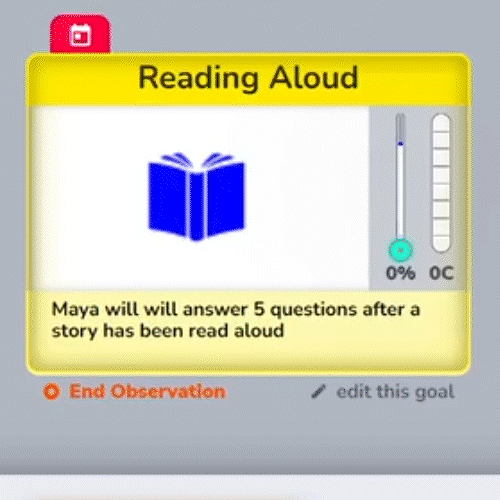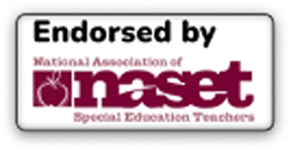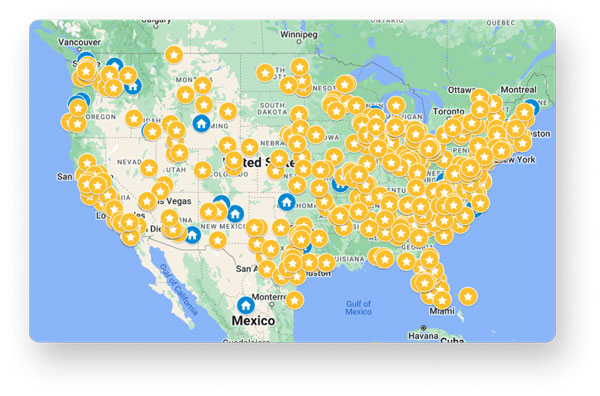The individualized education plan (IEP) is crucial to the success of every student who is identified under the nation’s special education law, The Individuals with Disabilities Education Act—IDEA. IEPs may look different from state-to-state or even within school systems, but law requires that certain information be included in every IEP. A good IEP documents the student’s disability along with accommodations and modifications necessary to maximize their educational experience. However, writing a solid IEP is very complex. It is more than explaining what the student struggles with and how to close the gap between them and their peers. A truly effective IEP paints a picture of the whole child as an individual with agency. This depiction– rather than that of a problem to be solved– is important. Below are five things that great IEP writers do.
1. Define the learning team
It is important to define the team that supports the student. Multiple perspectives of teachers, family, and specialists are essential. When appropriate, the child may attend the IEP meeting. After all, insights should come from the student whenever possible, not just from adults who observe and draw their own conclusions.
The school team should regard parents as crucial to understanding the child. Anecdotal information can provide insight into family background and dynamics. It is also important to know the makeup of the family. For example, does the student live with two parents? Or are the parents divorced? Is one deceased? Does the student instead live with grandparents, aunts and uncles, etc.? It is important to have a complete picture of the student’s life when preparing to write an IEP.
Likewise, the special-education teacher and general-education teacher should regard themselves as professionals with understanding of effective strategies for classroom learning. They are also advocates for the needs of a particular student, offering insights into observations and reporting on positive strategies.
2. Get to know the student
For an IEP to be truly effective, it is important for the IEP writer to understand the student in ways that transcend test scores and behavior reports. One or more members of the IEP team should ask the student about their family life, their likes and dislikes, their hobbies, and their feelings toward school. For example, if the student struggles with math, it is important to address this. Do they get anxious when presented with a page of problems? Do they feel intimidated when called on in class? Who was their favorite teacher in the past? What did that teacher do that made learning effective and, possibly, fun? Can family members help with math homework? Does the student feel more relaxed and confident when doing math if the room is quiet? Additionally, listen for other information a student might reveal about school. Does the student engage in much social interaction?

3. Specify levels of academic achievement, performance, strengths, and needs
First, remember that the IEP student is a complex individual with agency and not a “problem” to be “solved.” While the IEP should specify areas in which the student struggles, it should also specify areas in which the student excels. For example, Ava, a seventh grader, struggles with math. She has trouble doing multiplication with numbers that have two or more digits. She feels discouraged because it is a task that most of her peers mastered between third and fifth grade.
The IEP might state, “Ava demonstrates a weakness in math skills. She has difficulty solving multiplication problems with numbers that have two or more digits. However, she also demonstrates strong perseverance and is determined to master this task. Ava is more likely to improve in her math skills when she is provided daily one-on-one tutoring with a teacher. She has strong verbal skills, and at times is able to utilize these skills to better understand certain aspects about math.”
4. Write “SMART” goals
“SMART” is an acronym that stands for “Specific, Measurable, Achievable, Relevant, Time-Bound”. An IEP should include “SMART” goals, which challenge a child’s comfort zone but are also realistically achievable within the year. For example, it’s unrealistic to expect that Ava will be ready for algebra by the end of seventh grade. A “SMART” goal for Ava might entail, “In ten weeks, Ava will correctly solve 80% of multiplication problems that include 1–2-digit numbers.” This goal acknowledges the realities of Ava’s difficulties with math. However, it also recognizes that with the right support her skills will improve demonstrably within ten weeks. Importantly, this goal is a short-term goal that provides a foundation for her to eventually learn more advanced math. It predicts what she will achieve in ten weeks rather than dictating when she will be ready for complex math.
5. Use fastIEP!
The time allotted for preparing a solid IEP should be primarily focused on the content, rather than figuring out where data was stored, how to compile it, and what it all means. fastIEP helps mitigate this task. With fastIEP, teachers log progress towards a goal with the click of a button, and can easily add notes, photos, or videos for additional details. fastIEP also auto-generates charts and reports from the data logged in real-time, saving teachers hours every progress reporting period. Are you looking to save time on data collection, better understand the progress your students are making throughout the year, and improve your reports? Try fastIEP for 30 days, free.

It is impossible to overstate the workload of both general-education teachers and special educators. A tool like fastIEP helps organize, makes notes that are easy to locate, and assists in creating thoughtful and accurate IEPs for students. In doing so, it leads to professional excellence and confidence that creating a comprehensive IEP is a manageable task.
Resources


